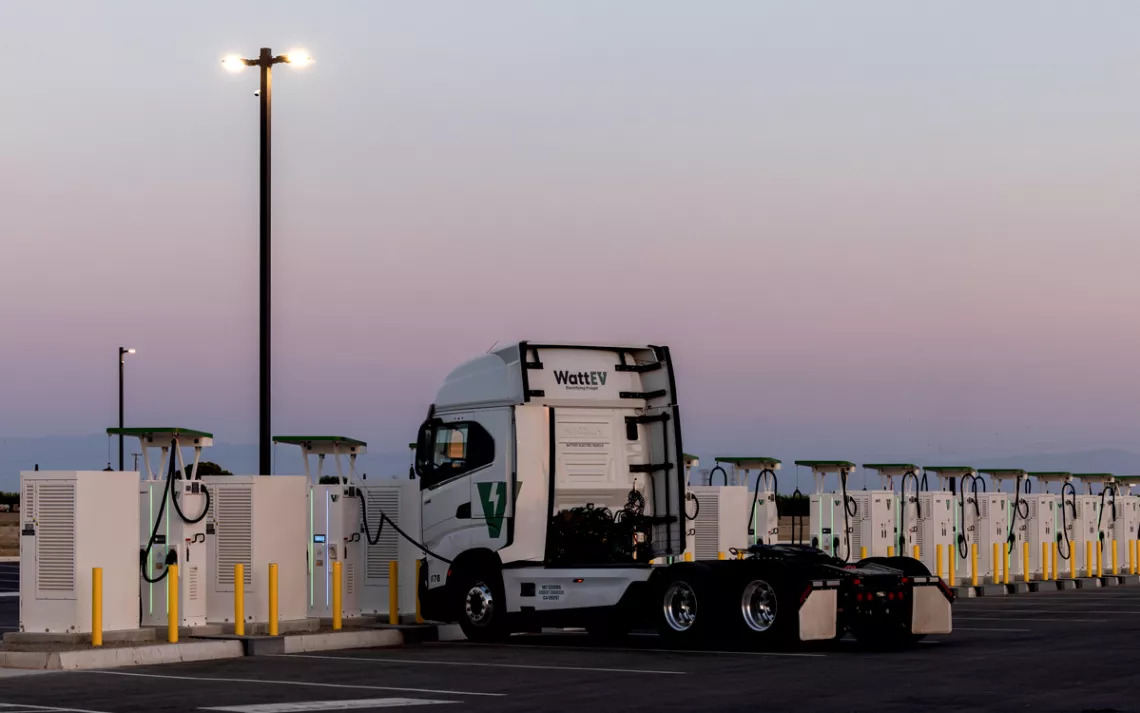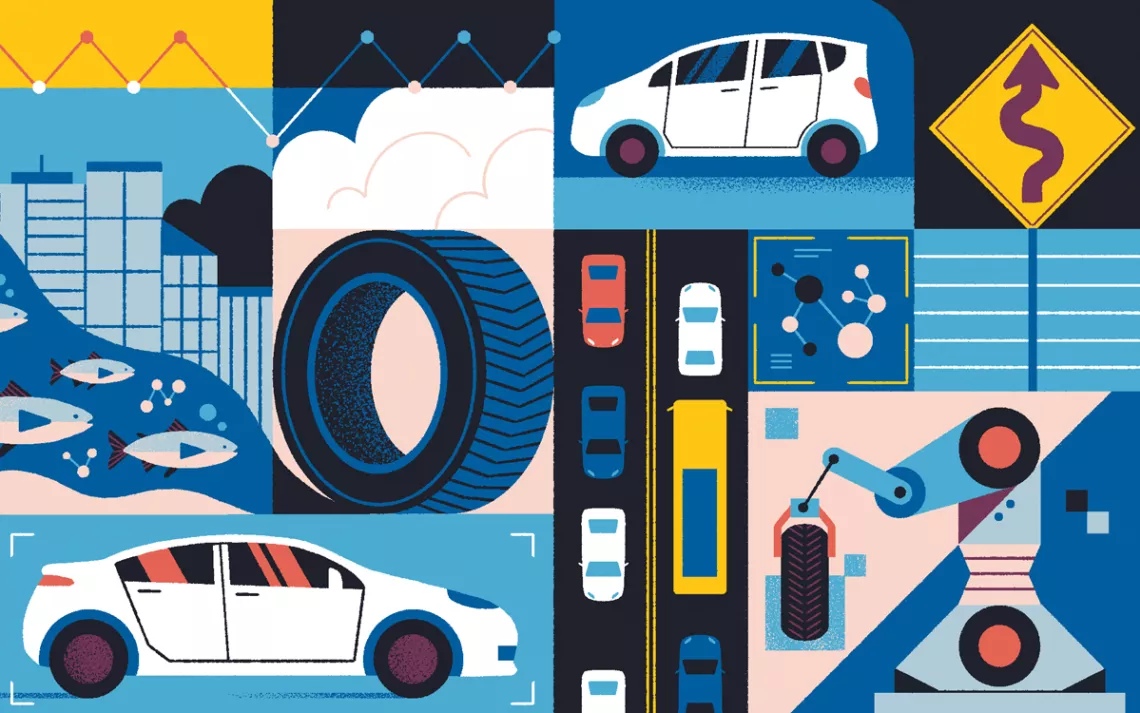Buses
In the future, will buses solve all our problems?

Electric Avenue A new generation of electric buses is unhooking from overhead wires. These buses have small, lightweight battery packs that get charged via wireless power transfer, a technology being developed by a start-up called Wireless Advanced Vehicle Electrification (WAVE). At each bus stop, a receiver on the bottom of the bus passes over a charging transmitter under the pavement and sucks up electricity through magnetic induction. The lack of wires reduces visual clutter and increases flexibility, and proponents say that WAVE buses are also cheaper and easier to maintain than conventional buses. Look for them to hit the streets in 20 transit districts this year, including Long Beach, California, and Salt Lake City.
Call Forwarding Helsinki residents who want to take the bus can now summon one with a tap on a smartphone. Carrying nine passengers or more, Kutsuplus--kutsu means "call" in Finnish--are examples of what's known as "responsive public transit." Riders enter their desired start and end points, and an algorithm joins people going in the same direction and maps the best route for getting them all where they want to go. More expensive than a bus but cheaper than a cab, the system is designed for those who aren't well served by existing bus lines.
Walk This Way There are lots of good reasons for kids to walk to school--the exercise keeps them fit and alert, while the reduced traffic cuts down on air pollution, greenhouse gases, and parental aggravation. But while 40 percent of all kids walked or biked to school 40 years ago, only 13 percent do now, largely because busy parents worry that their kids won't be safe if they walk alone. Enter the "walking school bus." As with a conventional bus, there are fixed stops, routes, and schedules, the difference being that the "passengers" are on foot. Children meet up with the "bus" at a certain time and proceed en masse, with supervising adults to keep everyone on track.
 The Magazine of The Sierra Club
The Magazine of The Sierra Club



